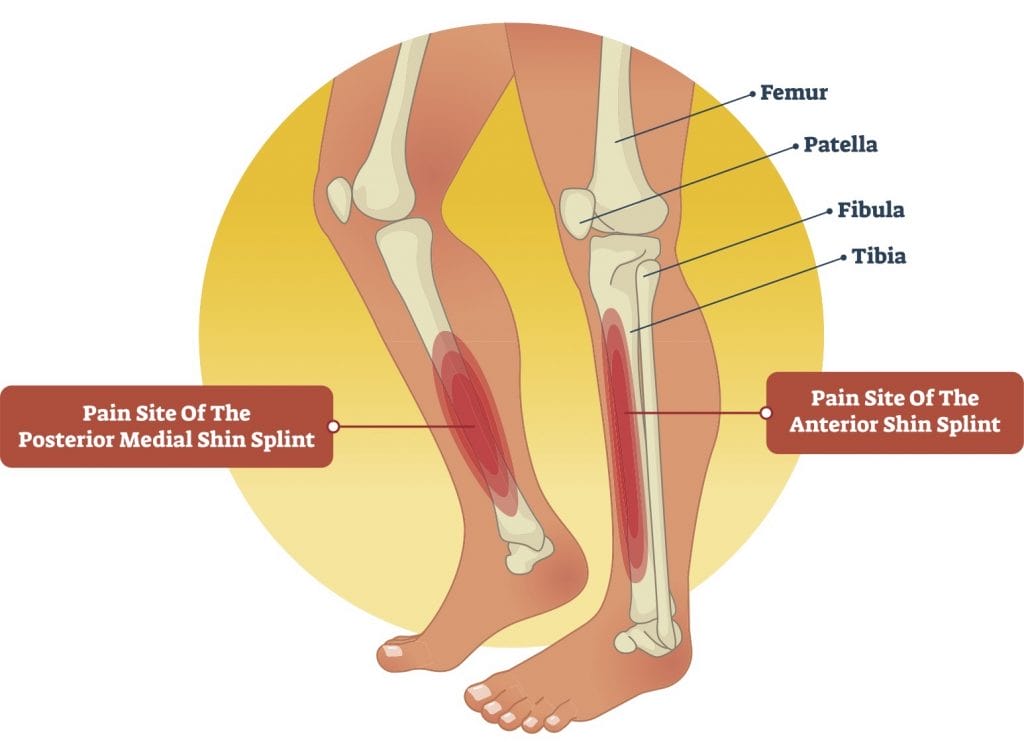Rikhi Anandsongkit and his team of physiotherapists give you a head start with their expert advice.
Jogging, running and sprinting are the keys to long-term fitness and mobility. If you can jog, run, or sprint late into your life, you’ll appreciate your mobility and do things that you’ve always done without much restriction. However, all these activities inflict stress on your joints, bones, and muscles, and each of these areas are at risk of injury, damage, and chronic conditions. You could experience sharp pains in your knees or at the bottom of your feet, or horrible aches in your shins, and that’ll put you off from running in the future.
Here’s where understanding the main issues and trying to mitigate them will help you immensely. We’ll discuss some of the common problems that runners experience and why this is happening. Once you identify your problem, you can attempt our suggested warm-ups and see if they do the trick. As always, please see a trained physiotherapist if your condition persists or worsens.
Plantar Fasciitis
That sharp, stabbing pain you feel at the bottom of your foot is usually Plantar fasciitis. Its causes are numerous, but can range from improper footwear, running too much on hard surfaces, a weak lower back and a few others.
Shin Splints
That aching and throbbing you feel around your shin bones after running a lot is what we refer to as “shin splints.” If this feeling doesn’t go away for a while and you still feel sore the next day, you are likely running too much and need to take a break. The underlying condition for shin splints (apart from too much running) is that the supporting lower leg muscles and joints are not strong enough to stabilise your running motion, leading to extra pressure on your shins. Warming up and cooling down correctly can help prevent this and Plantar fasciitis from occurring.
We’ve come up with warm-up essentials that will help you avoid these nasty conditions, so incorporate these into your routine before going on a run:
Standing heel raise and toe raise
Stand in front of a wall/high table/high ledge as you’ll need to use your hands here to balance your body through the exercise (do not put your weight on your hands or arms at all, just use them to help you maintain your balance).
The warm-up motion here is to roll forward onto the balls of your feet and push yourself onto your toes by extending your calves up. Hold that position momentarily and then lower yourself down to the ground and rock back onto your heels. Raise the front of your feet off the floor and then lower them to rock back onto your toes. Do 10 reps each round.
Squats with hip rotation
This is a mobility exercise that fires up your glutes and opens up your hips as well. You’ll need these major muscle groups to get ready for your run, so always include something from them in your warm-up.
Begin by standing with your legs shoulder-width apart. Perform a regular squat on the way down. As you make your way back up from the squatting position, lift one knee towards your chest and rotate it outward to open your hips. Place your foot back in the squatting position and repeat the squat and the hip rotation for the other leg. Continue alternating between the two sides for 45-60 seconds per round.
Glute bridges with knee drives
This final exercise is necessary for strengthening the posterior chain and lengthening the quadriceps while improving core stabilisation. These muscles are all linked together and reinforce each other to help you run with an optimal gait.
To do this exercise, lie on your back with knees bent and feet flat on the floor. Push up through your heels to lift your hips up while engaging your hamstrings and squeezing your glutes without overextending your lower back.
Hold the bridge by engaging your core, and drive one knee to the shoulder on the same side. Return to the bridge and lower your pelvis to the ground before repeating on the opposite side. Keep alternating sides for 45 to 60 seconds per round.
Rikhi Anandsongkit is the owner of Form Physio and Rehab, a physiotherapy clinic that helps adults in Bangkok get back to doing the things they love without painkillers, injections, and surgeries.
Tel: 095-569-3298
Email: info@formphysiorehab.com
www.formphysiorehab.com








